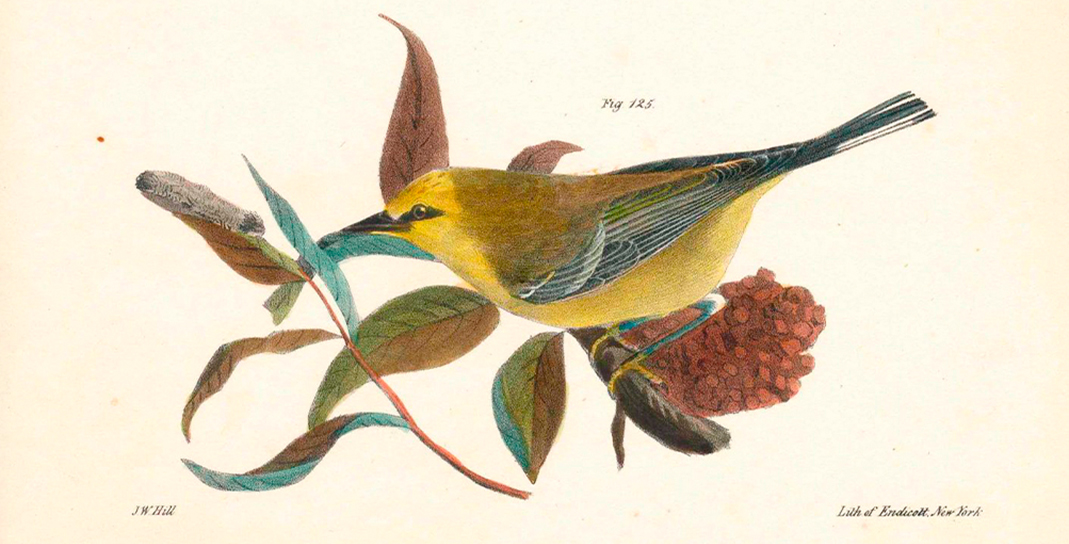Extinction Art
7 Feb 2023

When
7th of February 2023Who
Eduard EscoffetCategory
ArtShare
3, 2, 1
Earth has experienced five mass extinction events after the great Cambrian explosion of 539 million years ago. These extinctions occurred at the end of each of the Ordovician, Devonian, Permian, Triassic and Cretaceous periods. Right now we are approaching the sixth mass extinction, the first caused by the human species.
Experts estimate that the Earth is about 4.57 billion years old. But it was not until about 70,000 years ago that, according to Noam Chomsky, the genetic capacity for language appeared in humans. In recent years, several studies have shown that human language, in terms of the melodic part and the structuring of phonemes, has a common evolutionary origin with the language of birds; it has even been found that the same genes that make human speech possible also make bird song possible.
But significantly before the advent of language and homo sapiens, there was a sudden appearance (in geological terms) of macroscopic multicellular organisms. This is what we know as the Cambrian explosion. There is no scientific consensus on the causes of this increase in organisms, nor is it known whether it was really so sudden as to be called an explosion. What is certain is that it was an explosion occurring very slowly: imagine an explosion that lasts 20 million years. A long enough time for the Earth to see an increase in the number and diversity of its inhabitants.
Of the five mass extinctions that have occurred since then, the most devastating was the one that occurred at the end of the Permian period: 9 out of 10 species disappeared. And this extinction took place in the Triassic period. During the Permian period, Pangaea had formed, a large supercontinent that would result later, much later, in today’s continents. The inland parts of this great expanse were cool and dry, the coast warmer and wetter. Around it stretched the great ocean Panthalassa, that is, all the seas in one.
During the Permian, life colonized the emerged lands and the increase in temperature allowed the diversification of organisms. Plant life spread and provided an important food source for many land animals. At the end of the Permian, however, conditions became unsustainable for most life forms: approximately 95% of marine species and 70% of terrestrial species disappeared in a very short period (geologically speaking, of course).
Apparently, the oceans warmed up and the metabolism of marine animals was accelerated, which is why they needed more oxygen, and the warm oceans, precisely, contain less oxygen. The reason for this warming is unknown; there are currently three hypotheses. It is also not known if it was sudden or if this process lasted a few thousand years.
Like all other mass extinctions our planet has known, it marked the end of one period and the beginning of the next. After the extinction that marked the end of the Permian, the Triassic began, the first of the three periods that make up the Mesozoic era. What period will begin after the sixth mass extinction, the one that is irremediably approaching?
Life is a universal law, but being alive is the exception. We have only one certainty: the dead are the majority and the living are only a minority of the human beings that have inhabited this planet. A small anecdote that is lost between geological eras. Noah’s descendants who survived the flood organized themselves to build a tower that could reach the sky. Yahweh condemned them to speak different languages, which prevented them from understanding each other to make the common project a reality. Today, with an annual world population growth of about 90 million people, globalization threatens cultural and linguistic diversity, but above all life itself: perhaps the war for water and most of the basic resources will mark our future life. Life and dreams oscillate between flood and drought. And both life and dreams are obstinate, surviving all silences.


